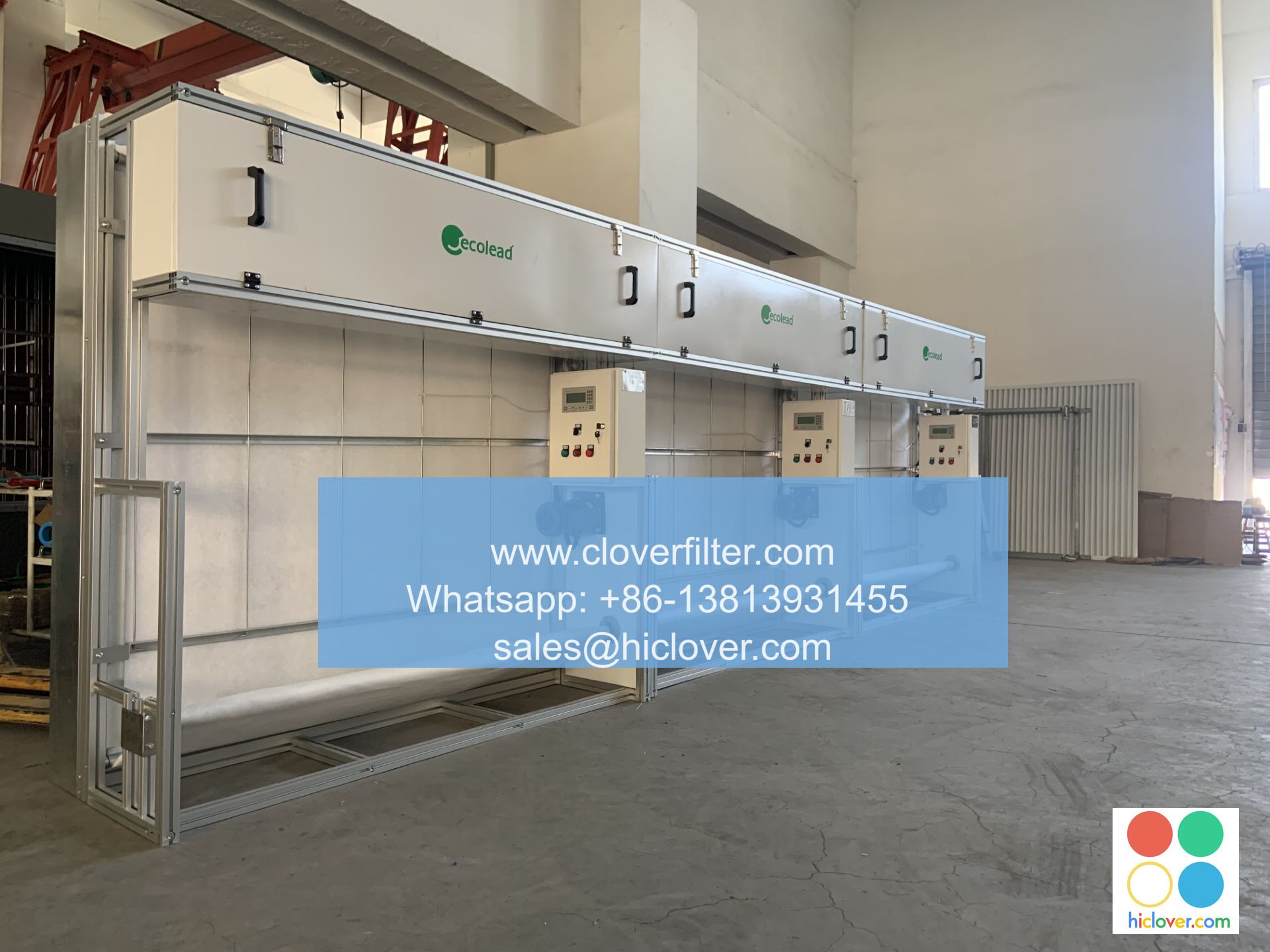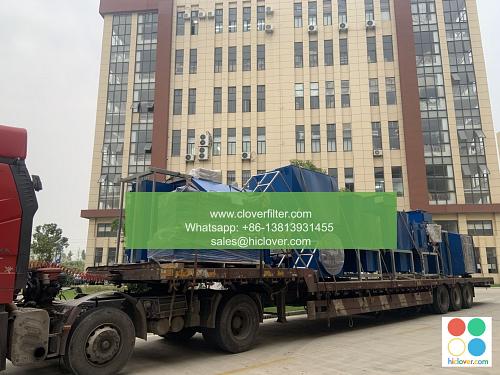Air Filter Design for Specific Environments

Air filter design plays a crucial role in maintaining indoor air quality, and its importance cannot be overstated. With the increasing awareness of airborne pollutants and their impact on human health, the demand for customized air filter solutions has grown significantly. In this article, we will delve into the world of air filter design, exploring the various application areas and highlighting the key considerations for creating effective air filtration systems for specific environments.
Understanding Air Filter Design Basics
Before diving into the specifics of air filter design for various environments, it’s essential to understand the fundamental principles of air filtration. Air filters work by capturing airborne particles, such as dust, pollen, and other contaminants, using a combination of mechanical and electrostatic forces. The design of an air filter depends on several factors, including the type of application, airflow rates, and the level of filtration required. Air filter manufacturers must consider these factors when designing filters for specific environments, such as industrial air filtration, commercial air purification, and residential air cleaning.
Application Areas for Customized Air Filter Design
Air filter design is not a one-size-fits-all solution; different environments require unique filtration systems to address specific challenges. Some of the key application areas for customized air filter design include:
* Industrial air filtration: Industries such as manufacturing, pharmaceuticals, and food processing require specialized air filters to remove contaminants, such as chemical fumes, dust, and microorganisms.
* Commercial air purification: Office buildings, hospitals, and schools need air filters that can remove allergens, viruses, and bacteria to maintain a healthy indoor environment.
* Residential air cleaning: Homeowners require air filters that can remove pollen, pet dander, and smoke to improve indoor air quality and reduce allergy symptoms.
* Transportation air filtration: Vehicles, such as cars, buses, and airplanes, need air filters that can remove exhaust fumes, pollen, and bacteria to ensure a comfortable and healthy journey.
Key Considerations for Air Filter Design
When designing air filters for specific environments, several key factors must be considered, including:
* Airflow rates: The air filter must be able to handle the required airflow rates without compromosing filtration efficiency.
* Filtration efficiency: The air filter must be able to capture the required percentage of airborne particles, such as PM2.5 and PM10.
* Pressure drop: The air filter must be designed to minimize pressure drop, which can impact the overall system performance.
* Maintenance and replacement: The air filter must be easy to maintain and replace, reducing downtime and operating costs.
Emerging Trends in Air Filter Design
The air filter design landscape is constantly evolving, with emerging trends and technologies offering improved filtration efficiency, increased sustainability, and enhanced performance. Some of the key trends include:
* Nanofiber technology: The use of nanofibers in air filter design offers improved filtration efficiency and increased surface area.
* Antimicrobial coatings: The application of antimicrobial coatings can help reduce the growth of microorganisms on air filters, improving indoor air quality.
* Sustainable materials: The use of sustainable materials, such as recycled plastics and biodegradable materials, can reduce the environmental impact of air filters.
In conclusion, air filter design is a critical component of maintaining indoor air quality, and its importance cannot be overstated. By understanding the fundamental principles of air filtration and considering the unique challenges of specific environments, air filter manufacturers can create customized solutions that address the complex needs of various application areas. As the demand for effective air filtration systems continues to grow, emerging trends and technologies will play a vital role in shaping the future of air filter design. You haven’t provided a question or topic for discussion. What would you like to talk about?

